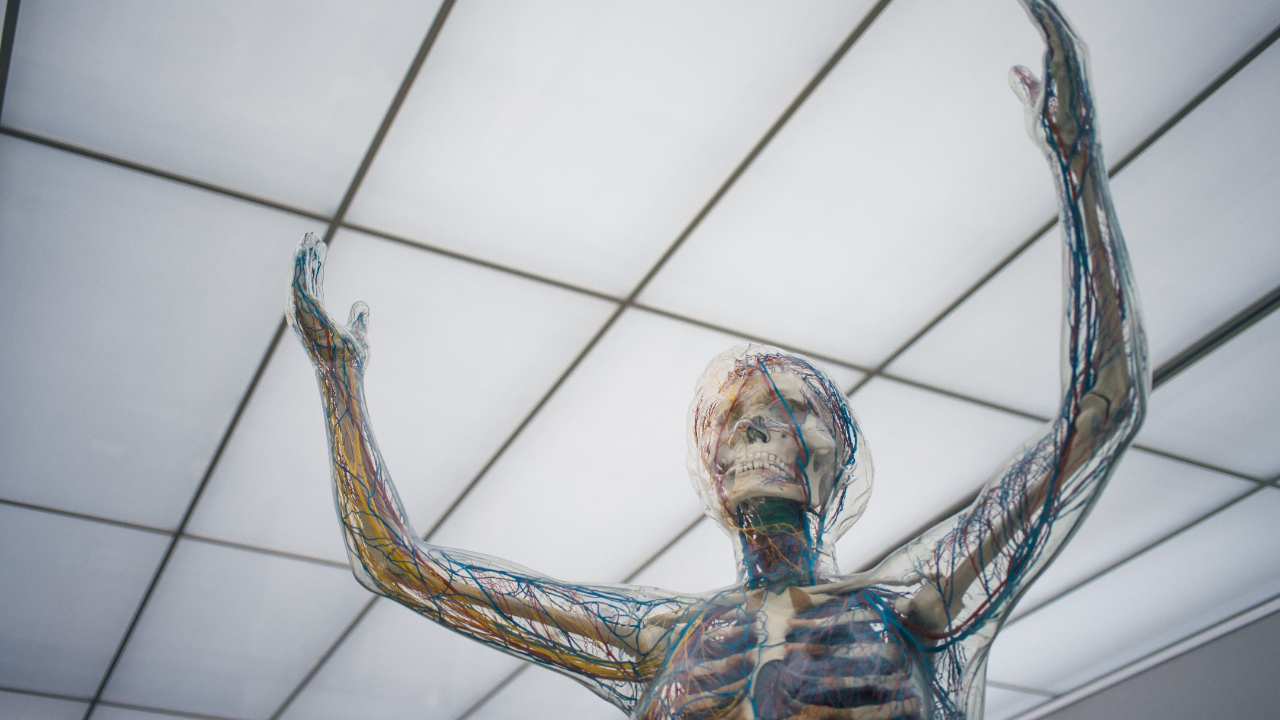“Functional” yoga or fitness is not really a thing!! It’s a sales ploy!
Nov 08, 2023
The whole “functional” movement sales pitch has been rolling on for some time now. More than ever I notice the overlap in yoga with teacher training yoga schools describing their practices as “functional yoga”. But what does it even mean? The main point as far as I can tell is to undermine the movement practices which are, well, presumably dysfunctional. The functional guys are keen to emphasise that their exercises promote movements that we use in daily life. Whereas yoga uses bizarre movements - asana - that are not helpful for daily life.
1. Don’t switch criteria when you don’t understand the role of asana!
So, firstly let's be clear - yoga asana cannot be judged by criteria for which it was never created! Asana works incredibly well to help us become more aware and stretching can calm the autonomic nervous system, helping us feel calm and better able to meditate. It can promote awareness on all levels of our being - it is like meeting the boundaries of our existence through the physical form and anatomy yoga, and then realizing we are so much more than these bodies.
2. The science shows stretching is stabilising - joints
But even from the criteria that the functional training folks go by, asana still stands up incredibly well under scrutiny. The fear-mongering that our non-functional “stretching” is destabilising the body or causing pain is simply not backed up by the movement science research!
There is a claim that joints are hanging on for dear life in yoga poses but the research shows that the connective tissues actually increase joint stability during stretching. Joints are held together by connective tissues, which possess a property called “stiffness”. Stiffness describes the way in which our tissues resist movement and when we stretch this increases connective tissues' “stiffness”. In other words, joints become more stable not less stable!
3. The science shows stretching can strengthen muscles
Stretching does not literally stretch our muscles! They are not hanging off our bodies. Actually, research shows stretching can strengthen muscles. This is because stretching acts as a tensile load i.e. it tensions the tissue of the body, in a similar way to if we were holding a weight and that was exerting a stretch.
So while the functional training world has packaged their work up to sound scientific, it really is not according to anatomy yoga and movement science.
The “functional” fad is a way to say something else is dysfunctional.
4. Form follows function
The body is made to move! If it moves a certain way, surely it’s because that movement has a function?! After all “form follows function”. Let’s not discourage movement or make people afraid to move when this is so essential.
Do we ALWAYS move to perform a specific function? Of course not! We are not robots. We love to move. Do you practice functional dance? Functional sexy time?! Functional sports?!
Asana has a very specific role - to enhance awareness - that is its function. We stretch to reach a boundary so that we can focus the mind. To move beyond the parameters of everyday awareness. So let’s not switch the criteria to judge it.
5. Variable movement strengthens
Let’s not limit how we move, because all the tissues of the body respond to load i.e. they become stronger if we weight bear with heavy enough weights. The more ways we move the better as we get to load the body in more ways which means we strengthen in more ways.
6. This can also reduce pain
This is also a key area of pain science and movement science which shows that we want the body to be well represented in the brain, i.e. we want accurate maps of where the body is and how it moves. How do we improve these maps? With new and varied movements. So all movements have a role to play in healthy tissues and a nervous system which is adapted to experience less pain.
7. We are not all the same!
What’s functional for me might not be for you and vice versa. I need a headstand! I use it for work, for strength, for calm, for fun! Thank you! The whole defining how I’m allowed to move is like a dystopian nightmare. What’s functional for me may not be for you. How could we define something so variable?! Who gets to decide what’s functional or not?!
8. Let’s not make anyone afraid to move
We need to move more not less. Let’s encourage movement (and stillness) while we live through epidemics of stress, anxiety, obesity, diabetes, and heart disease…let’s encourage the things that are best for us. Movement - any movement! It’s all good.
If you are keen to understand the science behind this blog my Movement Science Essentials course covers the key findings of research in anatomical yoga and movement science, and how to teach with awareness of how the body strengthens, stretches, and how pain actually works. An essential course to teaching yoga with an anatomical yoga focus. It is available to start in your own time online.
References
- Whiting, N. (2006) 'The role of yoga therapy in knee rehabilitation.' International Journal of Yoga Therapy 16 (1). 79-94.
- Williams, K. et al. (2003) 'Therapeutic application of lyengar yoga for healing chronic low back pain. 'International Journal of Yoga Therapy 13 (1), 55-67.
- Lehman, Greg. Pain Science workbook
- Hargrove, Todd. A Guide to Better Movement
Like what you've read?
Sign up to my newsletters and I'll share new articles with you. Plus you'll be the first to hear about my upcoming classes, courses, workshops and offers, and you'll receive my free bandhas video in your welcome email.
I respect your privacy. I won’t bombard you, and I won’t share your details. View my privacy policy for more information.

